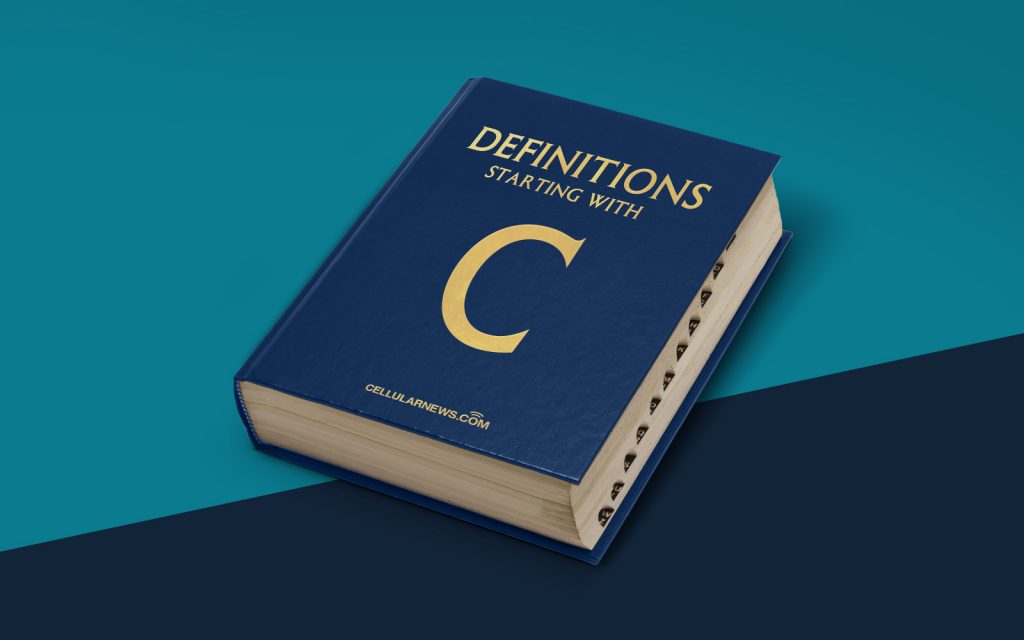
What is Canonicalization?
Welcome to the “DEFINITIONS” category on our page! Today, we’ll be diving deep into the world of canonicalization. If you’ve ever wondered what this term means in the context of search engine optimization (SEO), you’ve come to the right place. In this blog post, we’ll explain what canonicalization is, why it’s important for your website, and how to implement it effectively. So, let’s get started!
Key Takeaways:
- Canonicalization is the process of selecting a preferred version of a webpage to be shown in search engine results.
- Implementing canonical tags and redirects can help consolidate duplicate content and improve your site’s SEO.
Understanding Canonicalization
Imagine you have a website with multiple versions of the same page. This can happen due to various reasons, such as different URLs for the same content, session IDs, or tracking parameters. When search engines encounter these duplicate versions, they may become confused about which one to include in their search results. This is where canonicalization comes into play.
Canonicalization is the process of selecting a preferred version of a webpage to be shown in search engine results. It helps search engines understand which URL should be treated as the “main” or authoritative version, while the duplicate versions are consolidated or redirected.
Implementing canonicalization correctly is crucial for your website’s SEO, as it helps avoid the following issues:
- Duplicate Content: Duplicate content can dilute your website’s search engine visibility as search engines may perceive it as spammy or low-quality. Canonicalization ensures that search engines understand which version of the content is the original one and should be indexed.
- Keyword Cannibalization: If you have multiple versions of the same content, each with its own URL, search engines may end up ranking different versions for the same keywords. This can result in internal competition within your own website, leading to lower rankings overall. Canonicalization helps consolidate the ranking signals to improve your website’s keyword focus.
- Link Equity Dilution: When multiple versions of the same page exist, backlinks and social shares may get distributed among them, diluting the overall authority and value of your website. By designating a canonical URL, you can ensure that all the links and shares are attributed to a single version, boosting its visibility and authority.
Implementing Canonicalization
Now that you understand the importance of canonicalization let’s take a look at how you can implement it effectively on your website. Here are a few key steps:
- Choose the Preferred Version: Identify the version of the page that you want search engines to consider as the canonical version. This could be the version with the original content, the most relevant keywords, or the one you want to rank highest in search results.
- Add Canonical Tags: Implement canonical tags in the head section of the non-canonical versions of your pages. The canonical tag should point to the URL of the preferred or canonical version. This tag helps search engines understand the relationship between different versions of the page.
- Implement 301 Redirects (If Necessary): If you have duplicate pages with different URLs, consider implementing 301 redirects to funnel traffic and consolidate ranking signals to the canonical version. This ensures that users and search engines are always directed to the preferred version.
By following these steps, you can effectively implement canonicalization on your website and avoid issues related to duplicate content, keyword cannibalization, and link equity dilution. This will help improve your website’s SEO and ensure that search engines understand and prioritize the content you want to rank.
Remember, canonicalization is an essential practice for any website, as it helps search engines better understand your content and deliver it to relevant users. So, take the necessary steps to implement canonicalization, and watch your website’s visibility soar to new heights!
